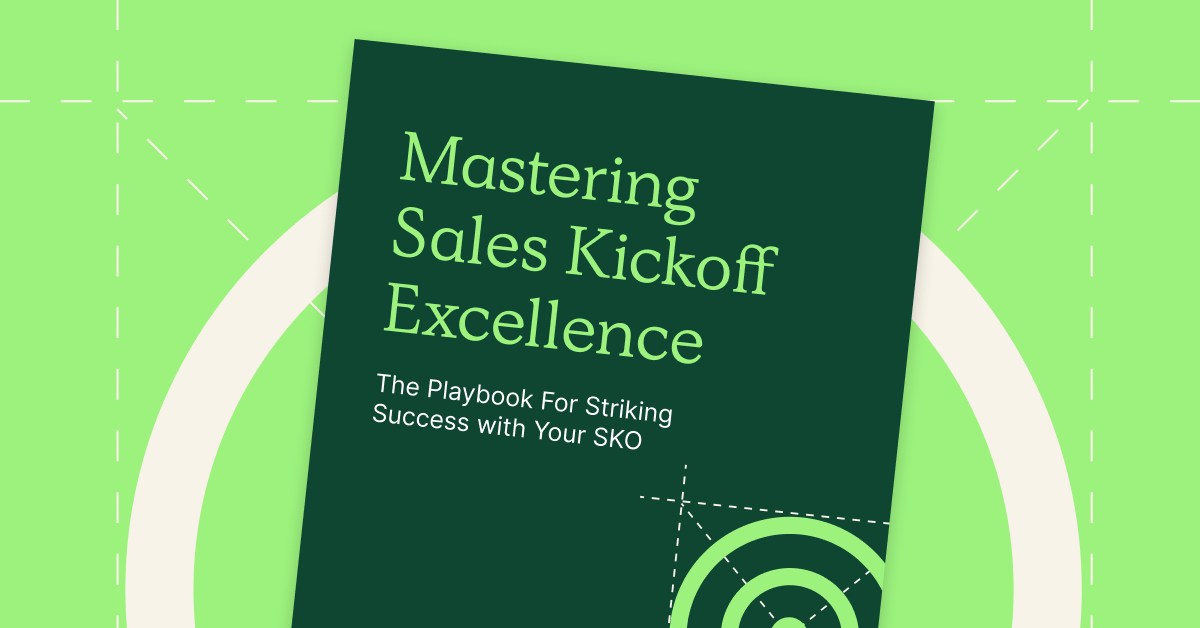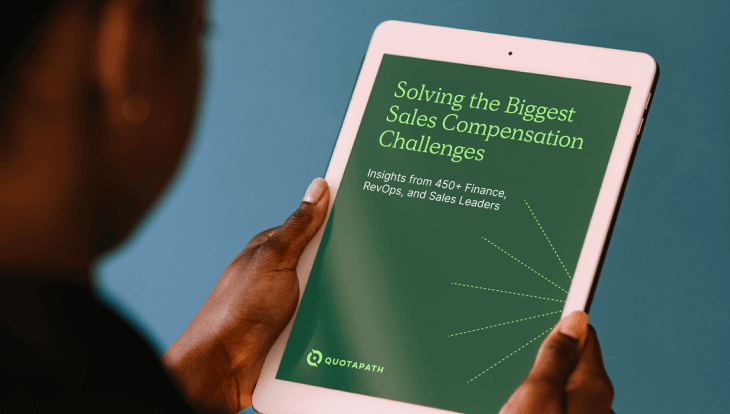Goodbye “Grow at all costs” mentality, and say hello to the “Path to profitability.”
In 2020 and 2021, tech companies from early stage through enterprise adopted the high growth mantra. At the time, it made sense. Companies earned their valuations based on how fast they could grow.
But throughout 2022 and most certainly into 2023, as interest rates continue to climb, investors are most concerned with whether or not a company will be profitable.
“To me, ‘grow at all costs’ meant looking the other way on how you’re achieving growth,” QuotaPath VP of Finance Ryan Macia said. “Inefficient customer acquisition cost (CAC) and undesirable gross margins didn’t matter as long as you’re growing.”
Today, we’re in an environment where investors are most likely to invest in organizations that are risk-free. For most startups, however, that profitability is still probably a few years out. So, investors want to see that path to profitability.
“That’s where these up funnel metrics, like CAC, customer lifetime value (LTV), and gross revenue retention (GRR), play a role to show healthy signals toward profitability,” Ryan said.
As a knee-jerk reaction to the market, many companies immediately cut cost through organization restructures (See: Meta, Salesforce, Google, etc). But other tools can drive these efficiency metrics too, like compensation strategy, for instance.
Key takeaways
How to know if your startup has a line of sight to profitability:
LTV: Your customer lifetime value represents the total value a customer will bring to a company over the course of their relationship. It takes into account factors such as the customer’s purchase history, their likelihood to make future purchases, and the cost of acquiring and retaining the customer. LTV is an important metric for businesses to track, as it can help them make decisions about marketing, sales, and customer service strategies.
CAC: Customer acquisition cost sets the cost of acquiring a new customer. To calculate CAC, divide the total cost of sales and marketing efforts by the number of new customers acquired during that same period.
For example, if a company spends $10,000 on sales and marketing efforts in a month and acquires 100 new customers during that same month, the CAC equals $100.
CAC helps determine the effectiveness and efficiency of a company’s sales and marketing efforts.
Gross margin: Gross margin shows the difference between revenue and the cost of goods sold (COGS). You can calculate it by subtracting COGS from total revenue, and then dividing the result by total revenue.
Formula: Gross Margin = (Total Revenue – COGS) / Total Revenue
For instance, if a company has $100,000 in total revenue and $60,000 in COGS, the gross margin would be ($100,000 – $60,000) / $100,000 = 0.4, or 40%. This means that for every dollar of revenue, the company keeps 40 cents as gross profit after accounting for the cost of goods sold.
What is an optimal LTV to CAC ratio?
Ryan recommends a 3:1 ratio or higher. That means the customer should pay your organization 3x the amount of the cost of the sale to the business over the lifetime of the contract.
AE compensation plan levers to pull:
Solving for Retention
- Encourage multi-year deals with a SPIF
- Use higher rates for customer segments with higher retention rates (ICP vs Not)
Addressing Gross Margin
- Incentives for full-price deals
- Decelerators on lower margin deals
Promoting Cash Flow
- Add a kicker for deals that include Net 30-60-90 day payment terms
- Change commissions payouts eligibility from the time of contract to receipt of invoice payment
- Implement decelerators for monthly deals
AM compensation plan levers to pull:
Solving for Retention
- SPIF early renewals
- Split up GRR and expansions. Comp for GRR, then have a separate commission on upsells and expansions.
- Multi-year renewals & contract conversions
Increasing Gross Margin
- Increase rates for higher margin renewals
- Cross-sell/upsell drivers
Lastly, pay attention to these 5 guard rails when considering changes:
- Understand (and optimize) your effective rates
- Keep your comp plans simple.
- Give reps visibility into how they can impact your business efficiency metrics.
- Leverage resources. We’ve got comp plan templates to help.
About QuotaPath
QuotaPath aligns and motivates growing revenue teams by automating and providing visibility into real-time and forecasted earnings and attainment. Partner with QuotaPath on comp plan designs that are simple and effective and run our commission tracking and sales compensation software to automate the entire process. To learn more, schedule a demo with our team or start a free 30-day trial.

